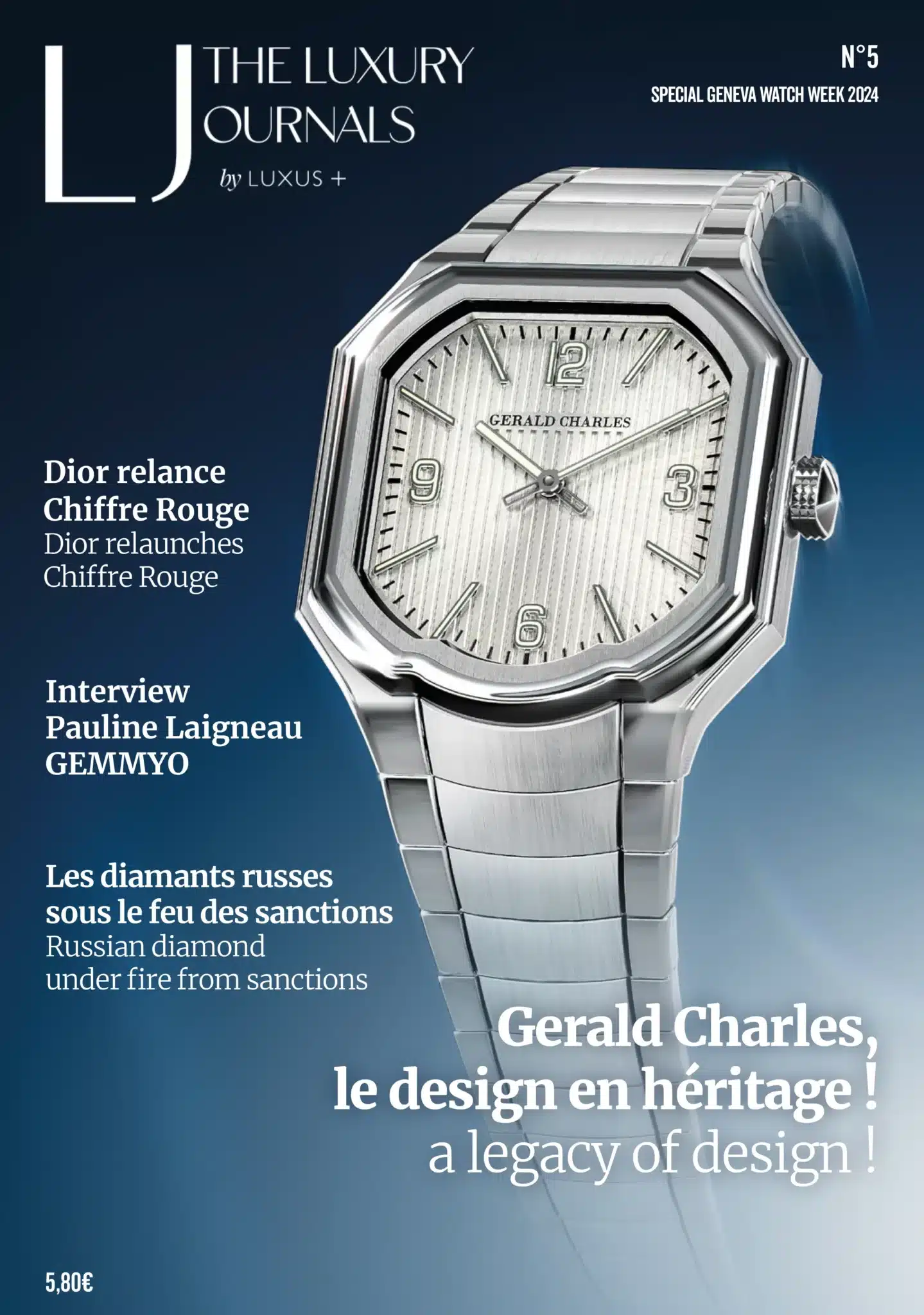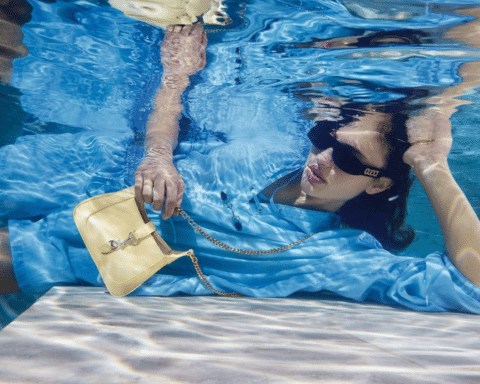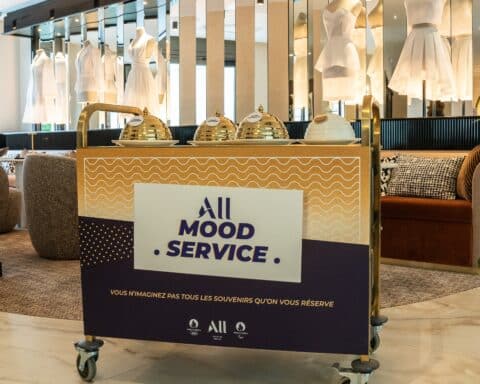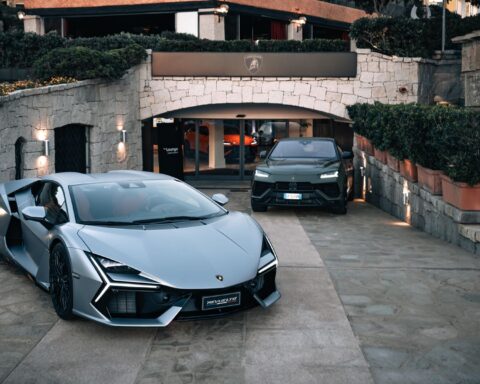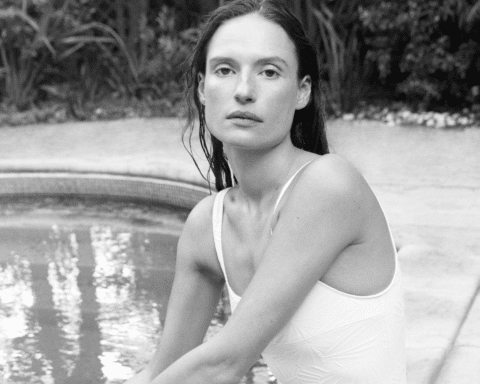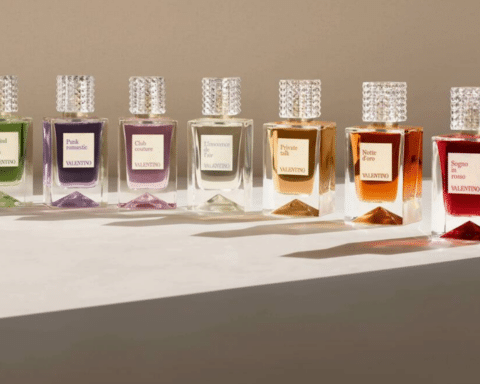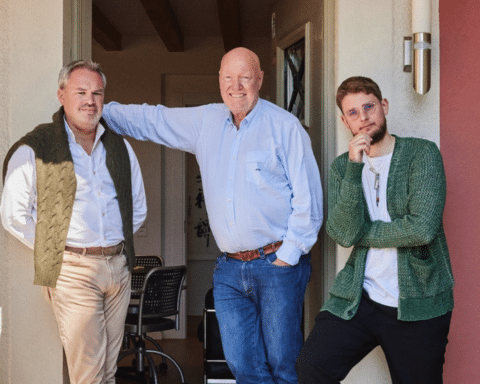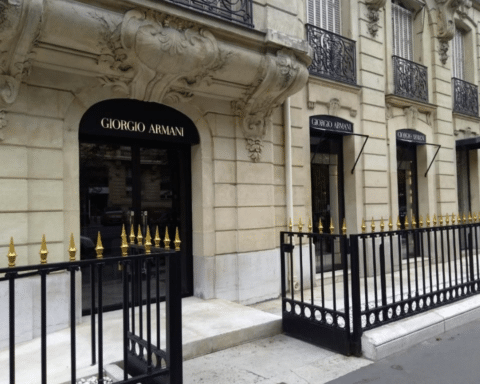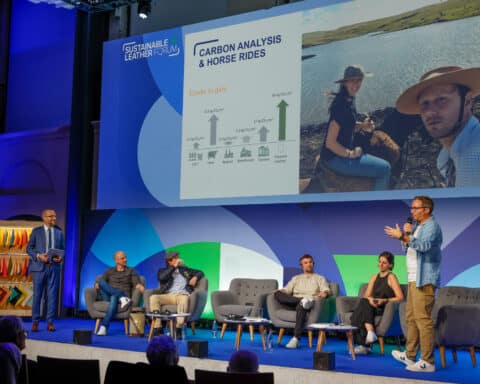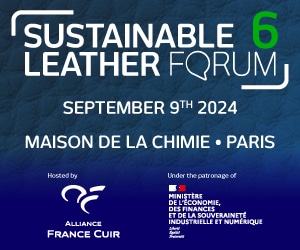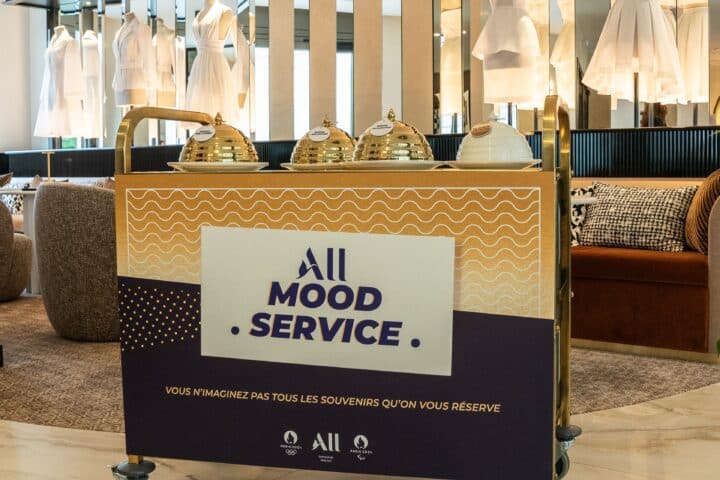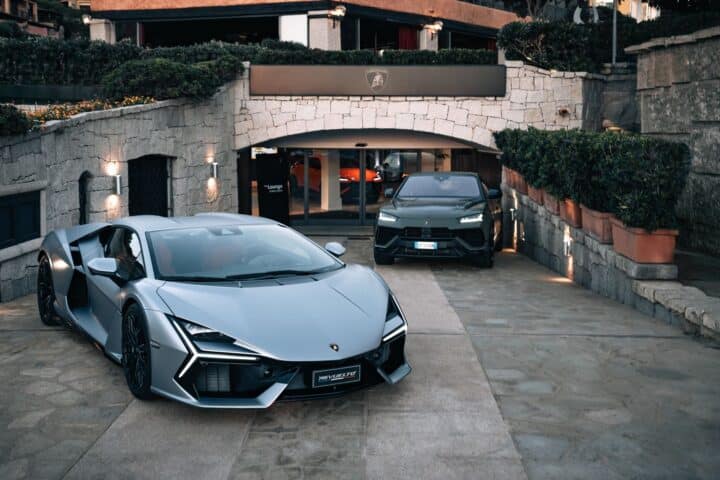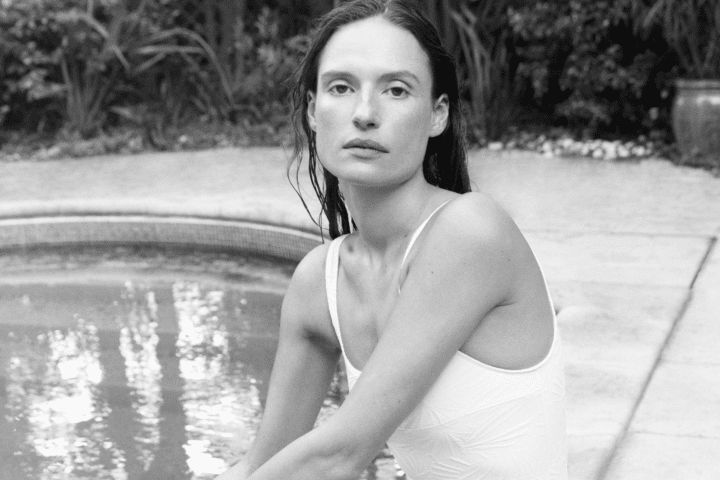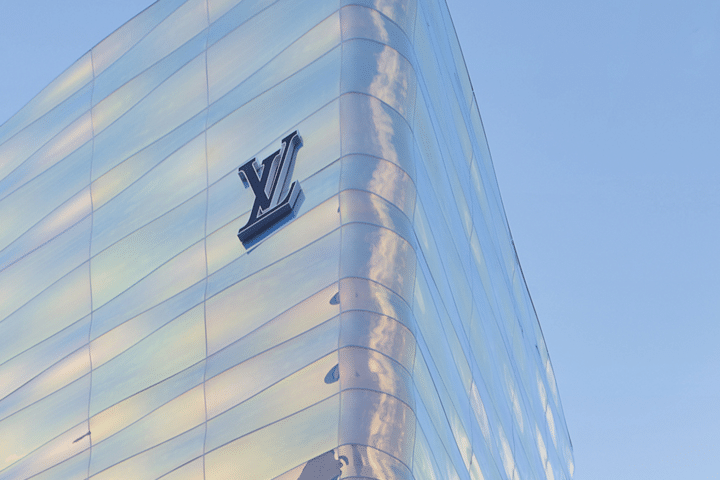[vc_row njt-role=”people-in-the-roles” njt-role-user-roles=”administrator,editor,author,armember”][vc_column][vc_column_text]
The profile of luxury consumers is changing fast. According to the True Luxury Global Consumer Insight study, this clientele is younger, more numerous, but also dissatisfied with sales processes, particularly when it comes to digital. Luxury players will have to adapt to the new situation.
Since the end of the global pandemic, the luxury industry has been attracting more customers – younger, more numerous, but also more demanding. This is how they appear in the True Luxury Global Consumer Insights study, conducted by Boston consulting Group, an international strategy consulting firm, and Altagamma, the Italian luxury brand committee made up of companies in the fashion, design and food sectors.
For this study, 12,000 people were questioned, each having spent close to 40,000 euros per year. The survey was conducted in the United States, the world’s leading luxury goods market, in China, the world’s second-largest market, which is gradually recovering, and in ten other countries, including Japan and France.
In 2022, spending on luxury products by younger generation consumers (Y and Z), estimated at 210 million euros, was for the first time higher than that of older consumers (190 million euros).
Brands therefore need to reinvent themselves to meet the expectations and demands of this younger clientele, starting with digital, which the survey also shows to be insufficient for the new generations.
In the coming years, the luxury industry must be ready to see its younger audience grow. “In the short term, 75% of luxury goods sales will be made by younger generations. Spending on luxury goods by Generation Y and Generation Z consumers is expected to double by 2026,” said Guia Ricci, managing director and partner at the Boston consulting Group (BCG) in Milan. She advised luxury houses to review their strategies “in order to seize these new opportunities, by building loyalty among their younger customers, without neglecting older customers, who still account for almost half of all luxury purchases“.
A new approach
Faced with this situation, the luxury goods industry wants to adopt a bifocal approach to marketing, product development and communications in the years ahead, to take account of both audiences.
Younger consumers spend more than previous generations and have a more positive view of the future. When it comes to luxury goods, their approach is different, particularly when it comes to new technologies, sustainability and new trends such as the second-hand market.
Luxury brands face a number of obstacles, not least when it comes to e-commerce: “Consumers, especially younger ones, are fundamentally dissatisfied. We’ve been talking about omnichannel operations for 10 years, but very little has been done. Less than half of consumers say they are satisfied with the digital performance of luxury brands“, said Filippo Bianchi, one of the authors of the BCG survey.
This “digital dissatisfaction” is felt above all by younger consumers, and mainly in European countries. One in five Generation Z customers is dissatisfied with their online experience, compared to one in 10 baby boomers.
The main weak points highlighted by young customers are: security of purchases and payments, speed of access, product availability and product information (benefits, features).
“Luxury customers are super pampered in-store, where their experience is exceptional, but this element is dramatically lacking online,” adds Filippo Bianchi.
Another weak point, and not the least: customer service. When a potential buyer visits a store, they want to receive a satisfying human interaction, and find it again online.
According to the study: “40% of customers are in fact very attached to human support, they want to be reassured and receive greater attention from brands, both offline and online“. In the future, brands are therefore advised to design more inspiring online journeys and segment their targets.
“Many online customers want the in-store experience they find on the most prestigious luxury shopping streets. But it’s not that easy to achieve,” said Fabrizio Cardinali, CEO of the Etro brand.
Faced with this new, more demanding and spendthrift clientele, the luxury goods industry must adapt and change its codes to meet new expectations, both in-store and online.
Read also >France’s luxury retail market: all-time record number of signatures in 2022
Featured photo : © Press [/vc_column_text][/vc_column][/vc_row][vc_row njt-role=”not-logged-in”][vc_column][vc_column_text]
The profile of luxury consumers is changing fast. According to the True Luxury Global Consumer Insight study, this clientele is younger, more numerous, but also dissatisfied with sales processes, particularly when it comes to digital. Luxury players will have to adapt to the new situation.
Since the end of the global pandemic, the luxury industry has been attracting more customers – younger, more numerous, but also more demanding. This is how they appear in the True Luxury Global Consumer Insights study, conducted by Boston consulting Group, an international strategy consulting firm, and Altagamma, the Italian luxury brand committee made up of companies in the fashion, design and food sectors.
For this study, 12,000 people were questioned, each having spent close to 40,000 euros per year. The survey was conducted in the United States, the world’s leading luxury goods market, in China, the world’s second-largest market, which is gradually recovering, and in ten other countries, including Japan and France.
In 2022, spending on luxury products by younger generation consumers (Y and Z), estimated at 210 million euros, was for the first time higher than that of older consumers (190 million euros).
Brands therefore need to reinvent themselves to meet the expectations and demands of this younger clientele, starting with digital, which the survey also shows to be insufficient for the new generations.
In the coming years, the luxury industry must be ready to see its younger audience grow. “In the short term, 75% of luxury goods sales will be made by younger generations. Spending on luxury goods by Generation Y and Generation Z consumers is expected to double by 2026,” said Guia Ricci, managing director and partner at the Boston consulting Group (BCG) in Milan. She advised luxury houses to review their strategies “in order to seize these new opportunities, by building loyalty among their younger customers, without neglecting older customers, who still account for almost half of all luxury purchases“.
A new approach
Faced with this situation, the luxury goods industry wants to adopt a bifocal approach to marketing, product development and communications in the years ahead, to take account of both audiences.
Younger consumers spend more than previous generations and have a more positive view of the future. When it comes to luxury goods, their approach is different, particularly when it comes to new technologies, sustainability and new trends such as the second-hand market.
[…][/vc_column_text][vc_cta h2=”This article is reserved for subscribers.” h2_font_container=”tag:h2|font_size:16|text_align:left” h2_use_theme_fonts=”yes” h4=”Subscribe now !” h4_font_container=”tag:h2|font_size:32|text_align:left|line_height:bas” h4_use_theme_fonts=”yes” txt_align=”center” color=”black” add_button=”right” btn_title=”I SUBSCRIBE !” btn_color=”danger” btn_size=”lg” btn_align=”center” use_custom_fonts_h2=”true” use_custom_fonts_h4=”true” btn_button_block=”true” btn_custom_onclick=”true” btn_link=”url:https%3A%2F%2Fluxus-plus.com%2Fen%2Fsubscriptions-and-newsletter-special-offer-valid-until-september-30-2020-2-2%2F”]Get unlimited access to all articles and live a new reading experience, preview contents, exclusive newsletters…
Already have an account ? Please log in.
[/vc_cta][vc_column_text]Featured photo : © Press[/vc_column_text][/vc_column][/vc_row][vc_row njt-role=”people-in-the-roles” njt-role-user-roles=”subscriber,customer”][vc_column][vc_column_text]
The profile of luxury consumers is changing fast. According to the True Luxury Global Consumer Insight study, this clientele is younger, more numerous, but also dissatisfied with sales processes, particularly when it comes to digital. Luxury players will have to adapt to the new situation.
Since the end of the global pandemic, the luxury industry has been attracting more customers – younger, more numerous, but also more demanding. This is how they appear in the True Luxury Global Consumer Insights study, conducted by Boston consulting Group, an international strategy consulting firm, and Altagamma, the Italian luxury brand committee made up of companies in the fashion, design and food sectors.
For this study, 12,000 people were questioned, each having spent close to 40,000 euros per year. The survey was conducted in the United States, the world’s leading luxury goods market, in China, the world’s second-largest market, which is gradually recovering, and in ten other countries, including Japan and France.
In 2022, spending on luxury products by younger generation consumers (Y and Z), estimated at 210 million euros, was for the first time higher than that of older consumers (190 million euros).
Brands therefore need to reinvent themselves to meet the expectations and demands of this younger clientele, starting with digital, which the survey also shows to be insufficient for the new generations.
In the coming years, the luxury industry must be ready to see its younger audience grow. “In the short term, 75% of luxury goods sales will be made by younger generations. Spending on luxury goods by Generation Y and Generation Z consumers is expected to double by 2026,” said Guia Ricci, managing director and partner at the Boston consulting Group (BCG) in Milan. She advised luxury houses to review their strategies “in order to seize these new opportunities, by building loyalty among their younger customers, without neglecting older customers, who still account for almost half of all luxury purchases“.
A new approach
Faced with this situation, the luxury goods industry wants to adopt a bifocal approach to marketing, product development and communications in the years ahead, to take account of both audiences.
Younger consumers spend more than previous generations and have a more positive view of the future. When it comes to luxury goods, their approach is different, particularly when it comes to new technologies, sustainability and new trends such as the second-hand market.
[…][/vc_column_text][vc_cta h2=”This article is reserved for subscribers.” h2_font_container=”tag:h2|font_size:16|text_align:left” h2_use_theme_fonts=”yes” h4=”Subscribe now !” h4_font_container=”tag:h2|font_size:32|text_align:left|line_height:bas” h4_use_theme_fonts=”yes” txt_align=”center” color=”black” add_button=”right” btn_title=”I SUBSCRIBE !” btn_color=”danger” btn_size=”lg” btn_align=”center” use_custom_fonts_h2=”true” use_custom_fonts_h4=”true” btn_button_block=”true” btn_custom_onclick=”true” btn_link=”url:https%3A%2F%2Fluxus-plus.com%2Fen%2Fsubscriptions-and-newsletter-special-offer-valid-until-september-30-2020-2-2%2F”]Get unlimited access to all articles and live a new reading experience, preview contents, exclusive newsletters…
Already have an account ? Please log in.
[/vc_cta][vc_column_text]Featured photo : © Press[/vc_column_text][/vc_column][/vc_row]


